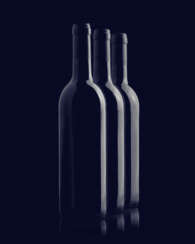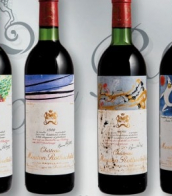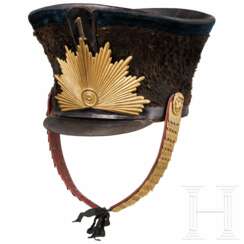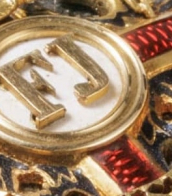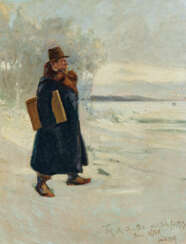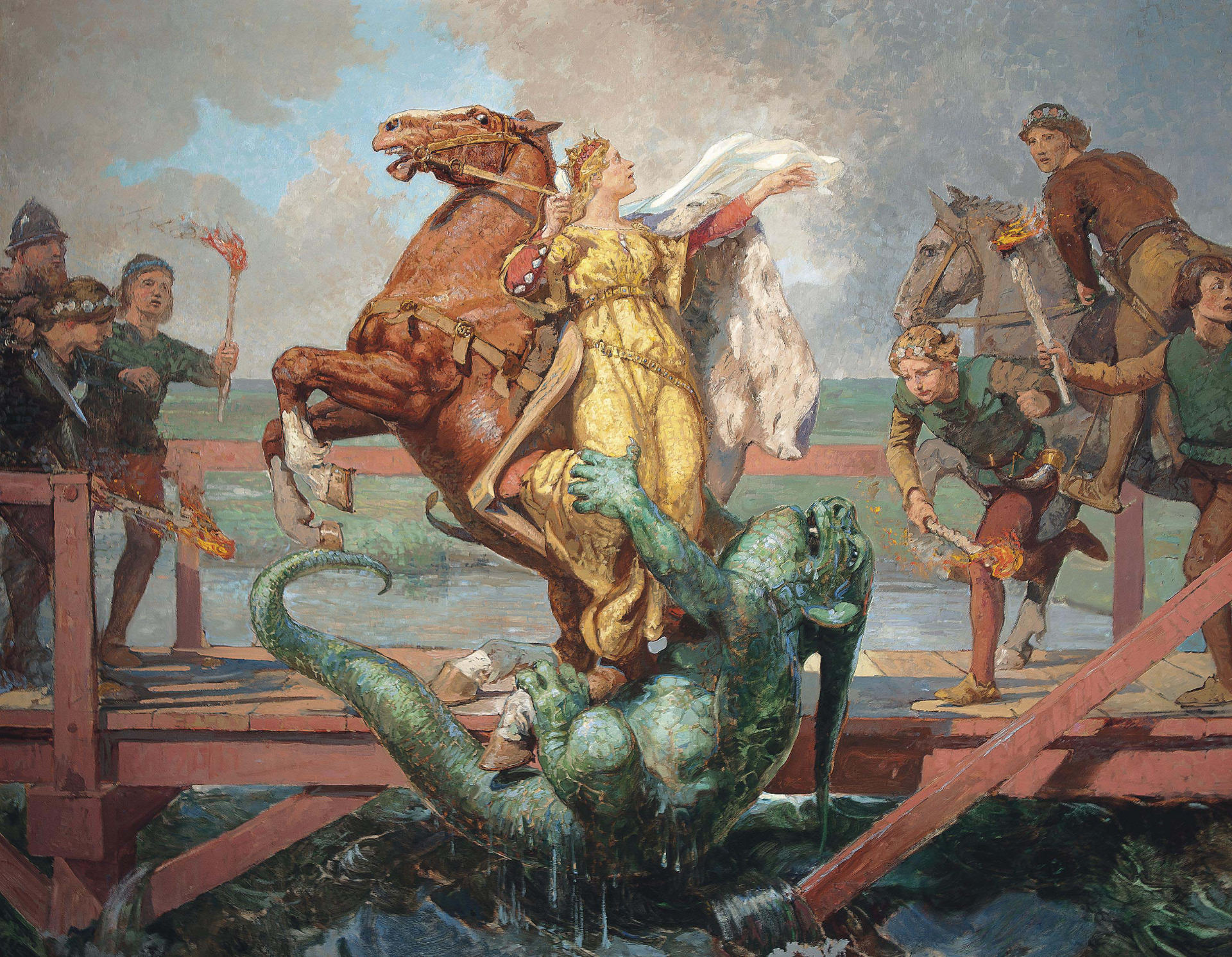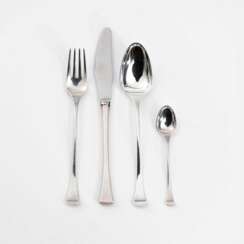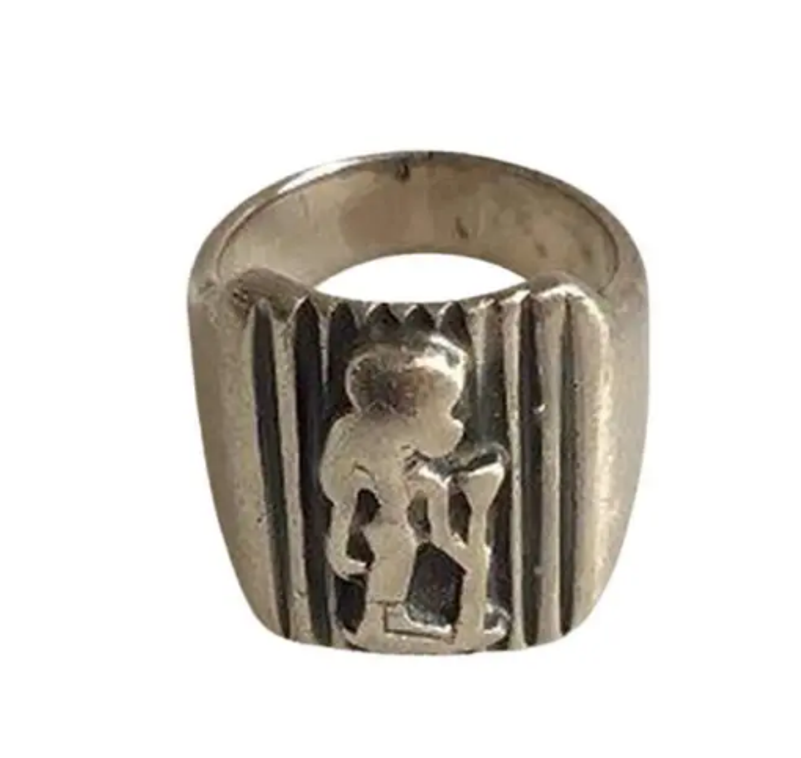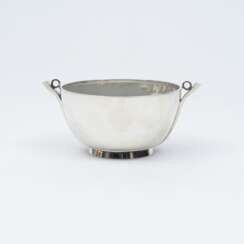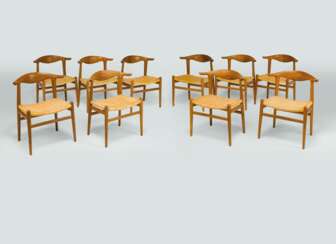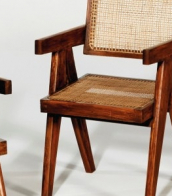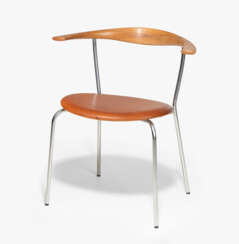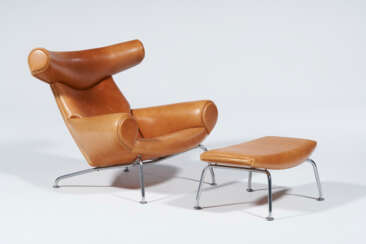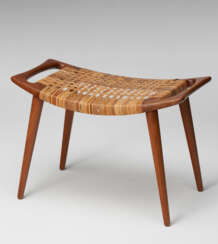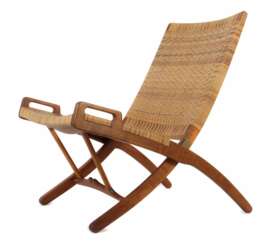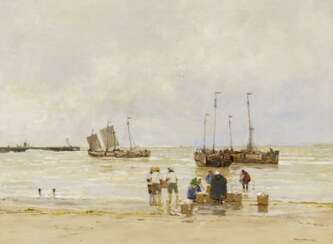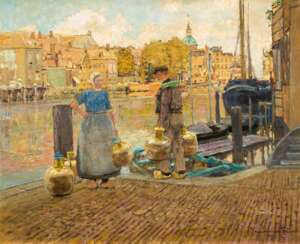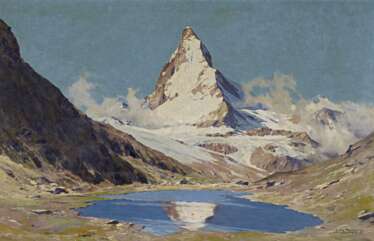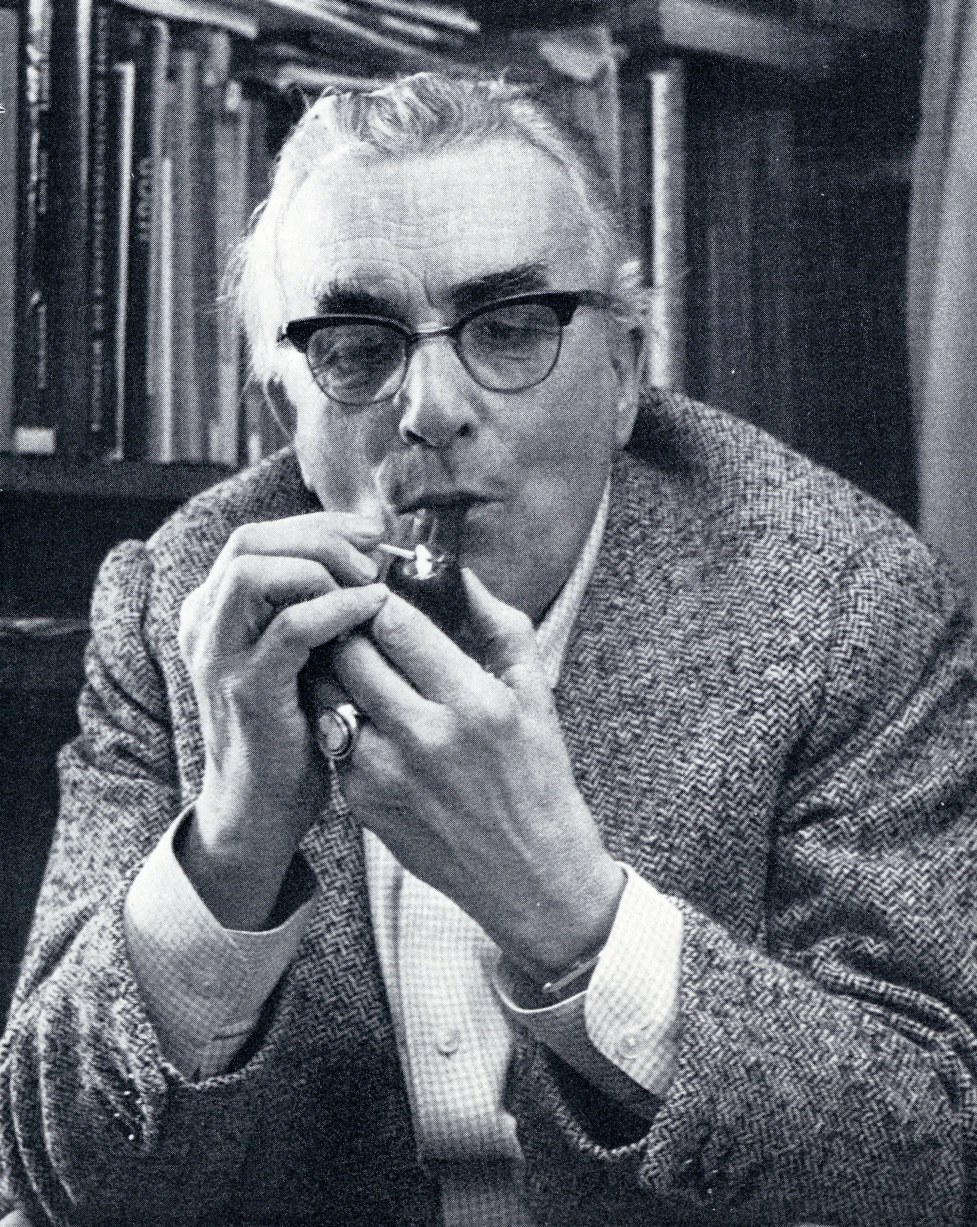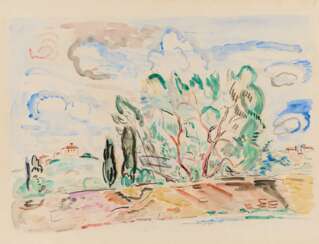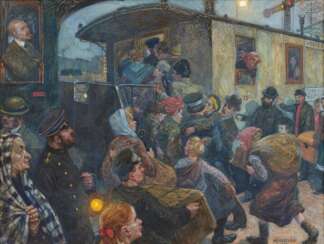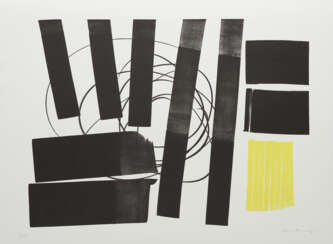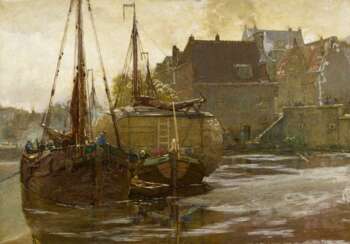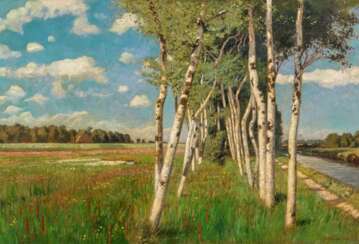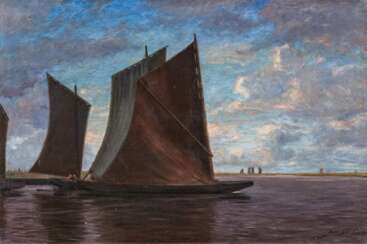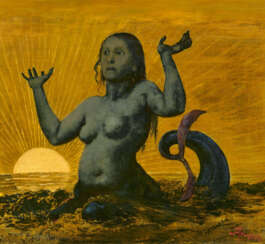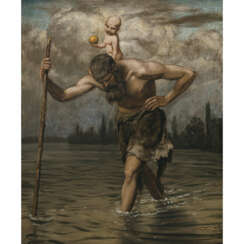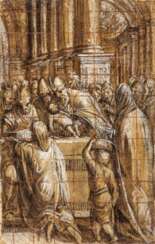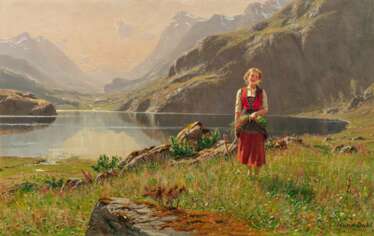hans
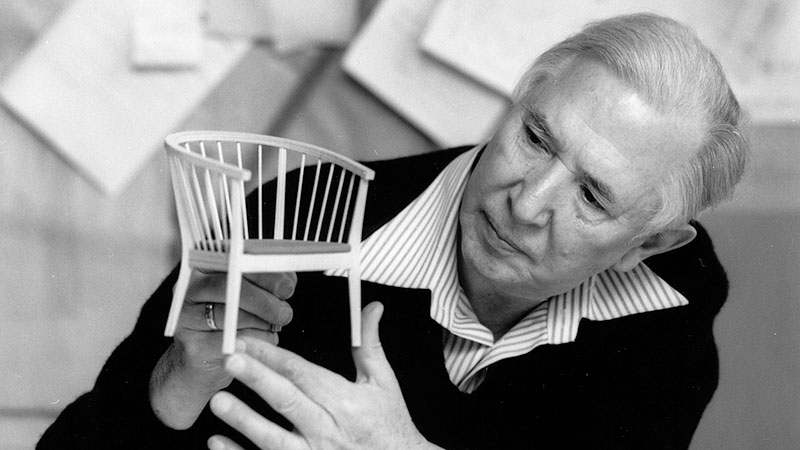
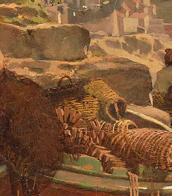

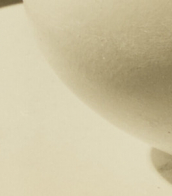

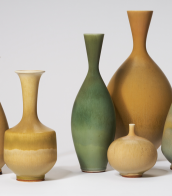

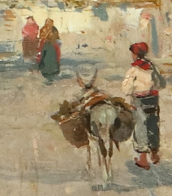
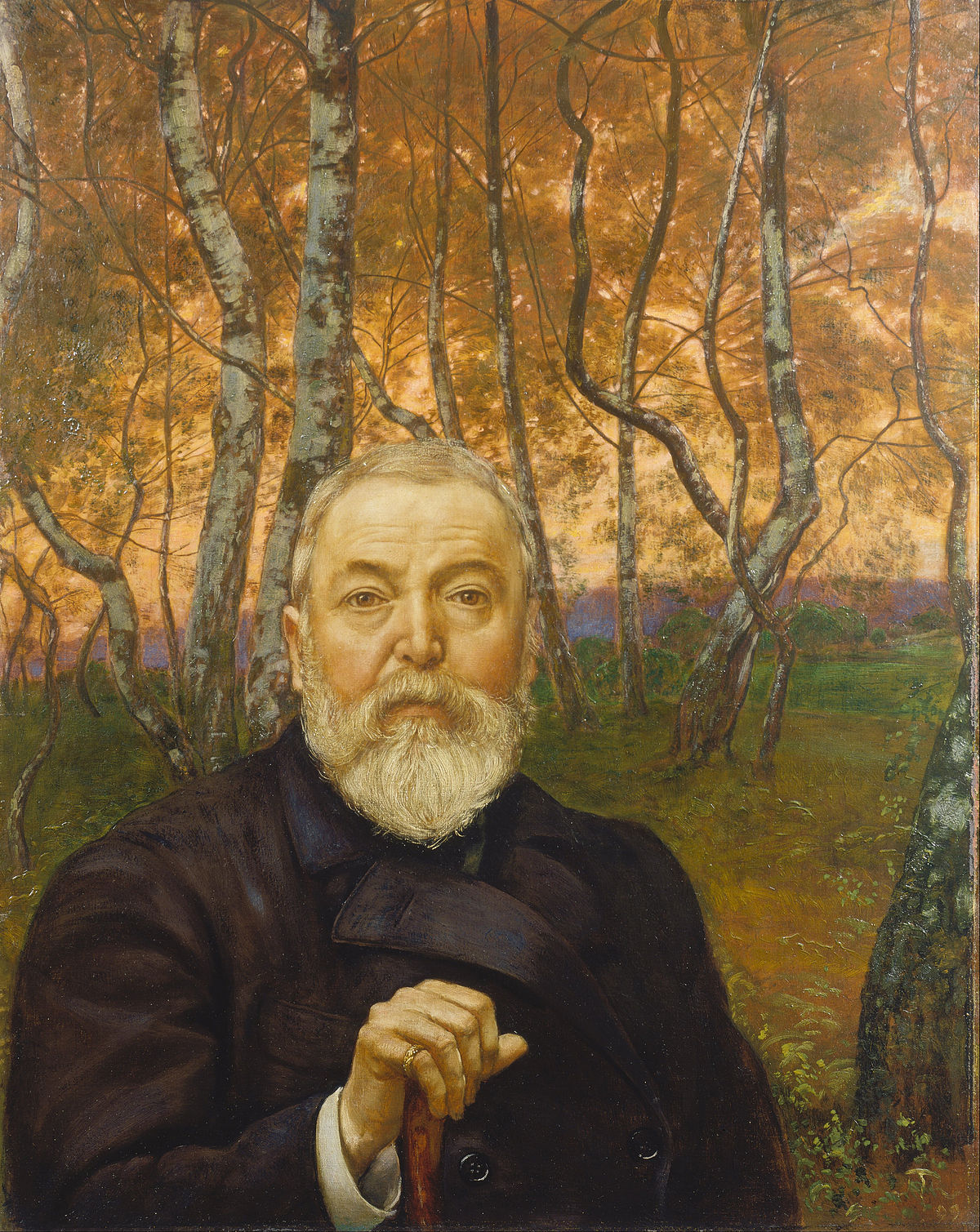
Hans Thoma was a German painter.
In spite of his studies under various masters, his art has little in common with modern ideas, and is formed partly by his early impressions of the simple idyllic life of his native district, partly by his sympathy with the early German masters, particularly with Albrecht Altdorfer and Lucas Cranach the Elder. In his love of the details of nature, in his precise drawing of outline, and in his predilection for local coloring, he has distinct affinities with the Pre-Raphaelites.

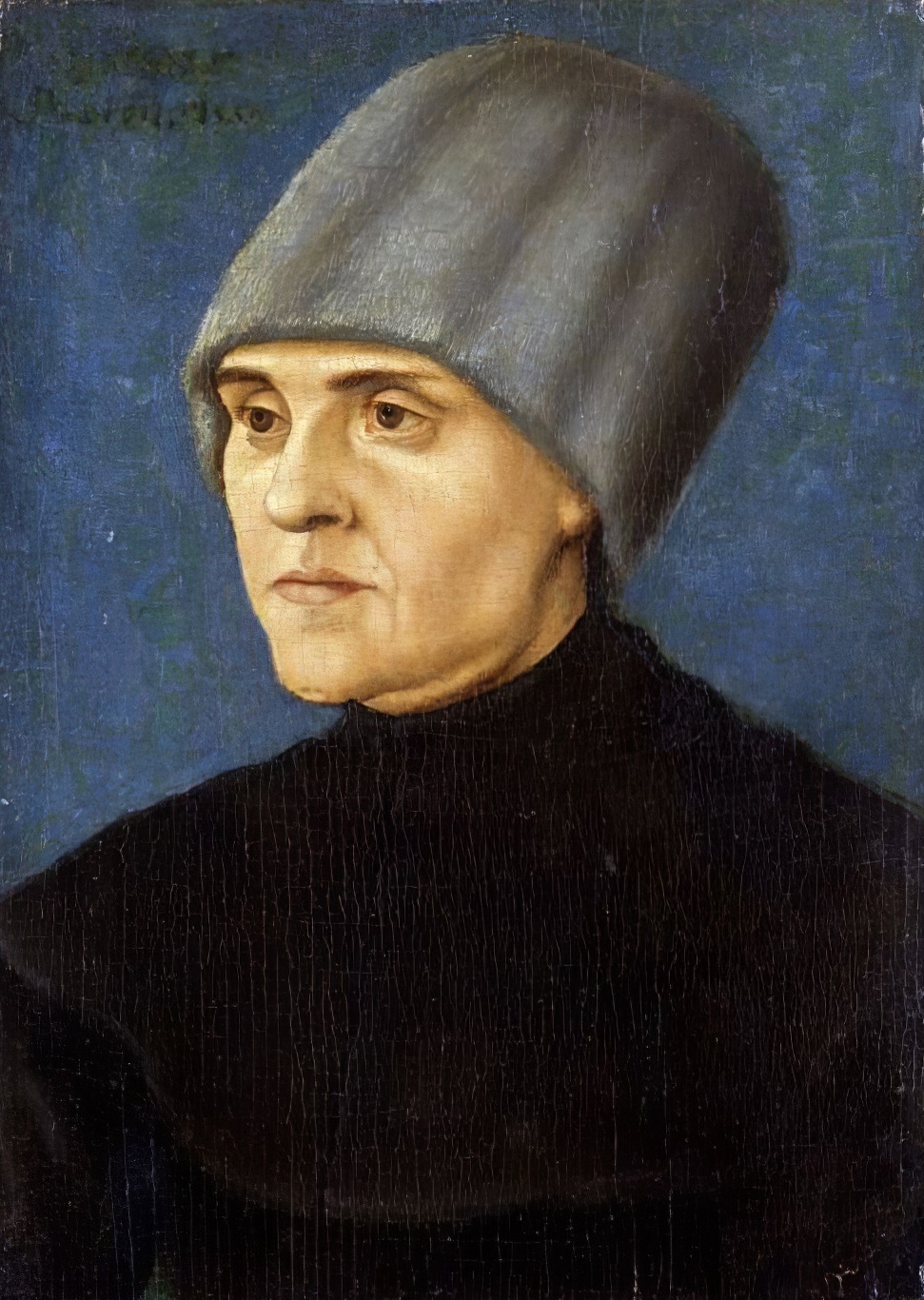
Hans Burgkmair the Elder was a German Renaissance painter, graphic artist and sculptor. He came from a family of painters. He studied painting with Martin Schongauer in Colmar from 1488.
Hans Burgkmayr was a versatile artist, working in various techniques including painting, woodcuts, stained glass designs and tapestries. He was known for his complex and detailed style, which included elements of naturalism and symbolism.
Burgkmayr's paintings often depicted religious and mythological themes, as well as historical events. His style is influenced by the Italian Renaissance, particularly in its attention to anatomical accuracy and use of perspective.
One of Hans Burgkmayr's significant contributions was in the field of engraving. His woodcuts were highly regarded for their technical skill and artistic quality.

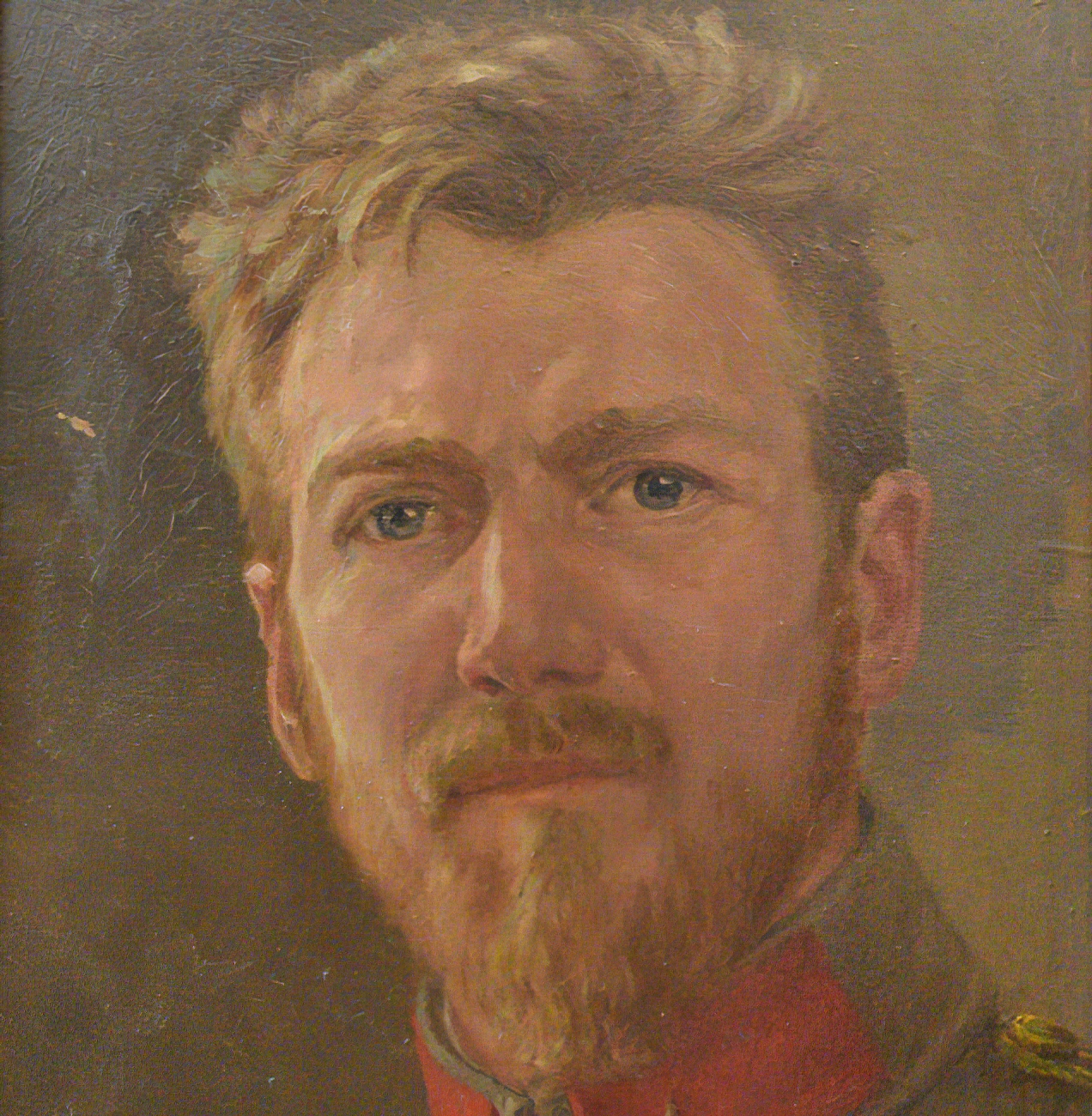
Johann Emil Rudolf Herrmann, known as Hans, was a German landscape and genre painter. He specialized in scenes of the Netherlands.


Johann Emil Rudolf Herrmann, known as Hans, was a German landscape and genre painter. He specialized in scenes of the Netherlands.


Johann Emil Rudolf Herrmann, known as Hans, was a German landscape and genre painter. He specialized in scenes of the Netherlands.

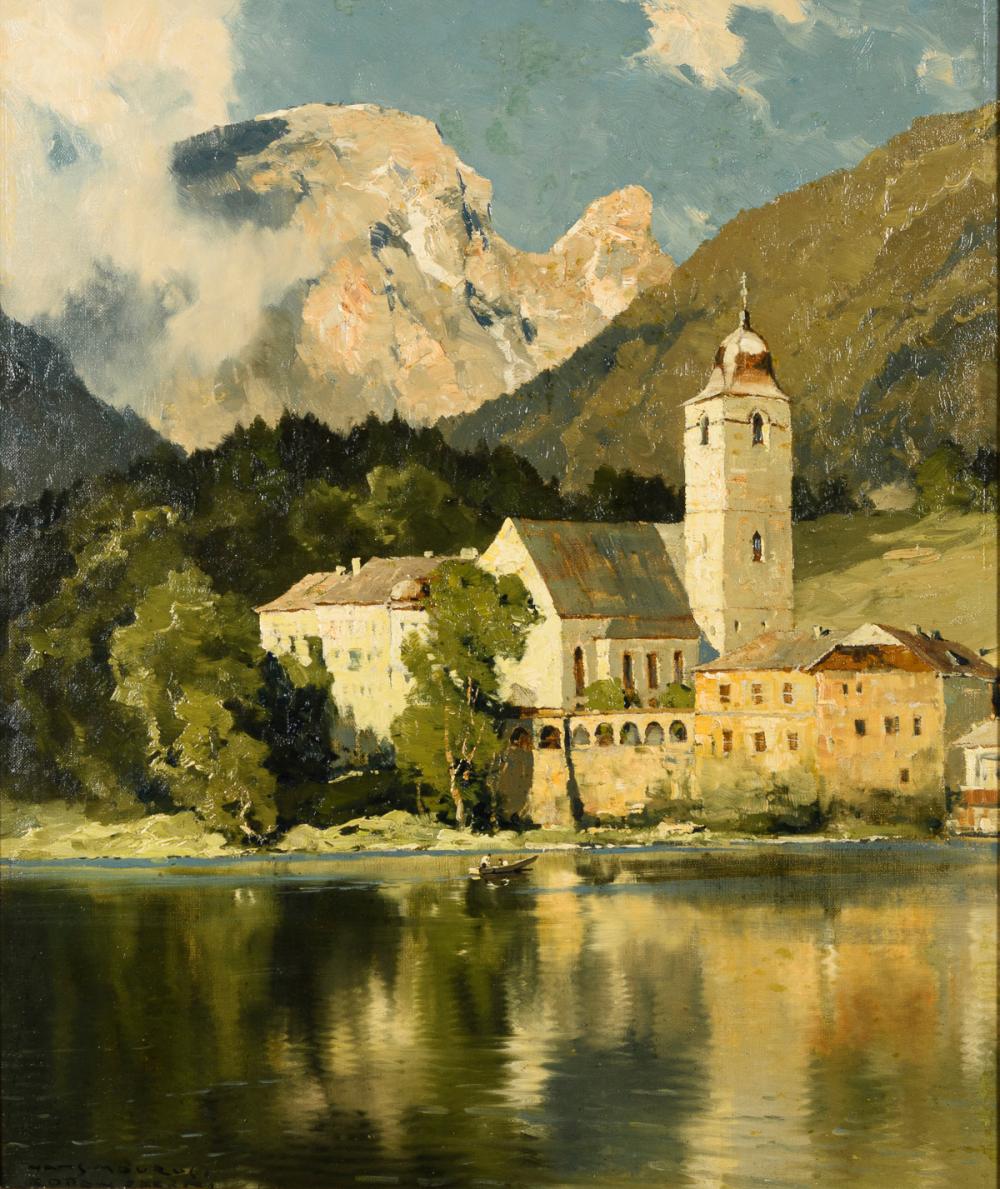
Hans Maurus was a German painter best known for his realistic portrayals of alpine views and specific mountains like the famed Matterhorn peak. Despite his relatively short career, the artist achieved widespread national appreciation and recognition for his talent at capturing these dynamic landscapes.

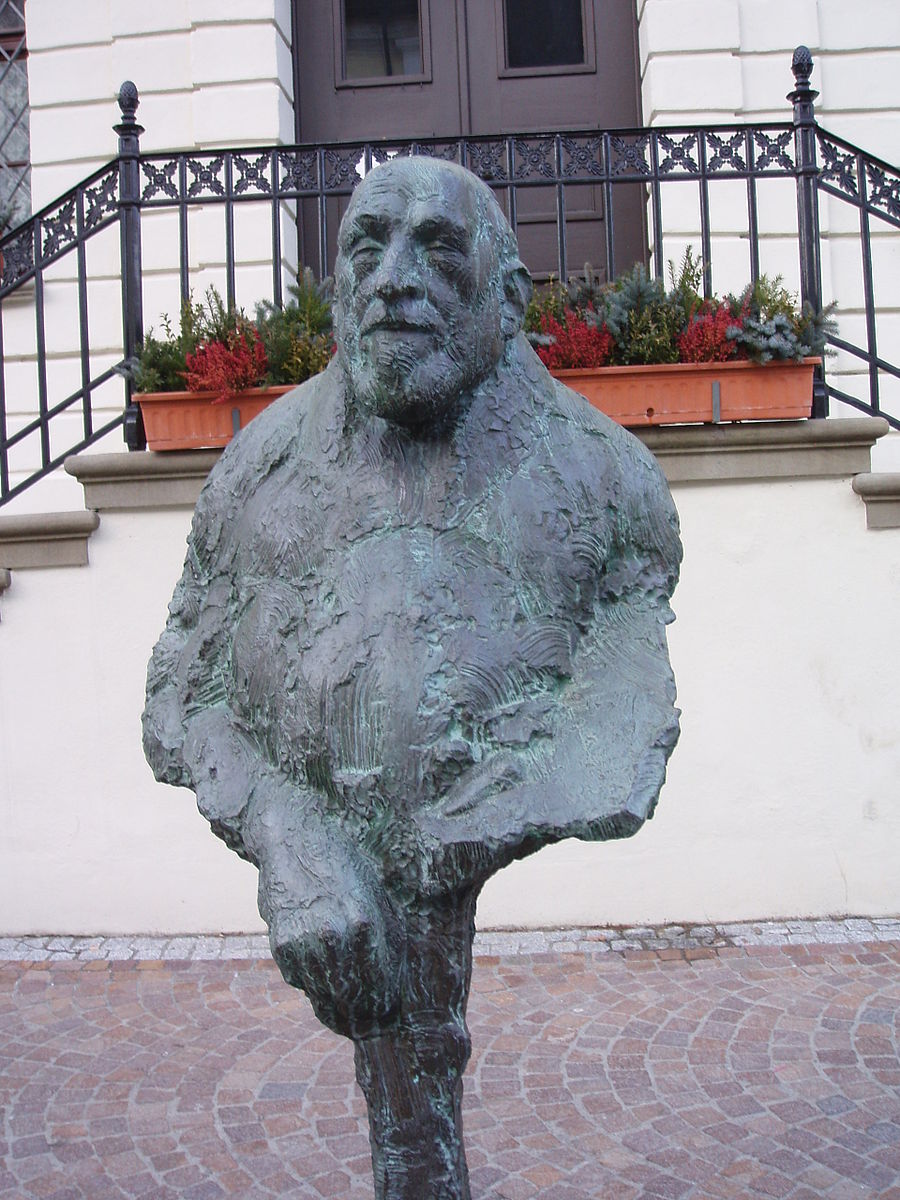
Hans Marsilius Purrmann was a German artist.
He completed an apprenticeship as a scene painter and interior decorator, and subsequently studied in Karlsruhe and Munich before going to Paris in 1906. It was here he became a student and later a friend of Henri Matisse whom he set up a painting school with.

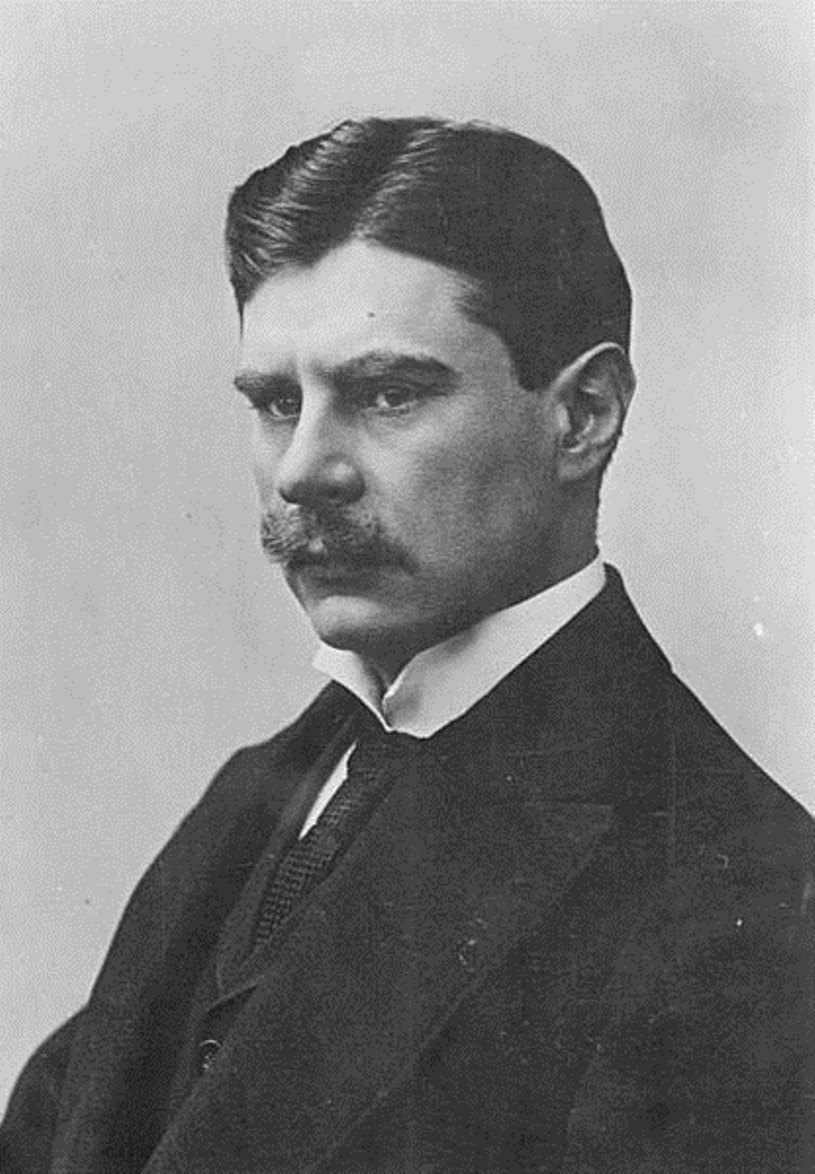
Hans Baluschek, full name Alphons Anton Alexander Hans Ernst Karl Maria Baluschek, was a German painter, graphic artist and writer, representative of the New Materiality style.
Baluschek studied at the Royal Academy of Arts, and in 1900 became a member of the Berlin Secession, a group of artists that also included Ernst Barlach, Max Beckmann, and Wassily Kandinsky. Baluschek was always socially critical, which was reflected in the subjects of his paintings. Many of his paintings are dedicated to the working class of Berlin, he addressed the gray everyday life of Berlin: gray air, gray walls, gray people. Baluschek is often categorized as a German Expressionist because of his emotional style, but his style has something of New Objectivity, Impressionism, and naive painting. He also drew illustrations for the popular children's book Little Peter's Trip to the Moon, and collaborated with periodicals as an illustrator.
World War I instilled patriotic feelings in Baluschek, and he painted a number of subjects on this theme. After the war, he joined the Social Democratic Party and became involved in labor movements. In 1926 he helped establish an artists' relief fund and later became director of the annual Berlin Exhibition. The German Nazis, who came to power in 1933, declared Baluschek a Marxist and a "degenerate artist," suspended him from all positions, and banned him from exhibiting.


Hans Hartung was a German-French painter, known for his gestural abstract style. He was also a decorated World War II veteran of the Legion d'honneur.
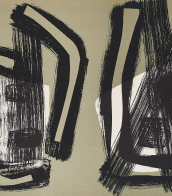
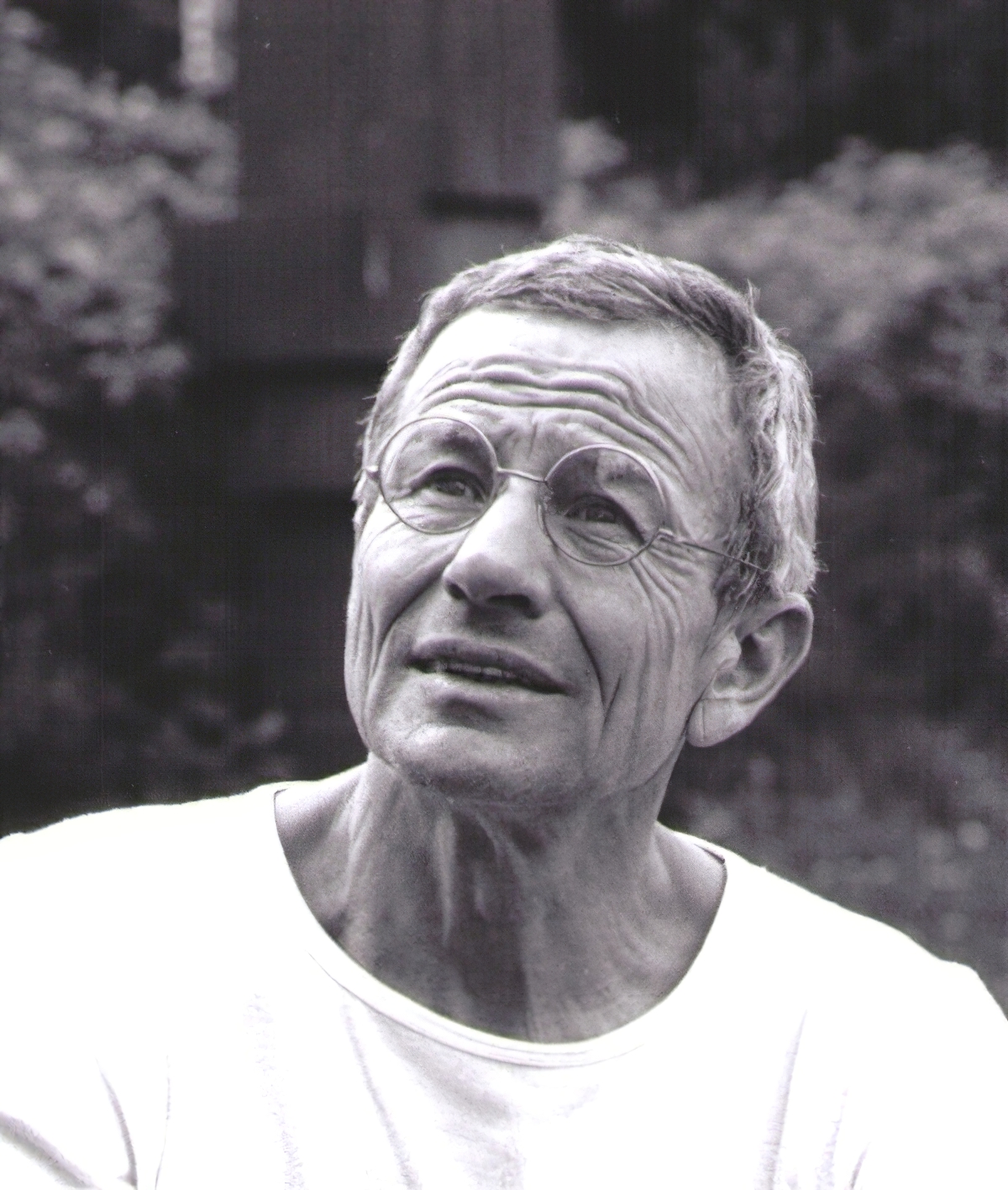
Hans Steinbrenner was a German sculptor.
Steinbrenner's work, whose first sculptures date from the end of the 1940s, was initially still influenced by his teachers. He created classically influenced individual and group figures. By the mid-1950s, Steinbrenner's style had changed and was influenced by his encounters with the sculptors Brâncuși (1876-1957) and Laurens (1895-1954) in Paris. He created abstract, biomorphic figures up to two metres high. In the 1960s he turned to geometric-abstract, rhythmically structured cuboid sculptures. In the last phase of his work (from around the end of the 1960s), Steinbrenner once again changed his stylistic expression to abstract, stele-like figures.


Johann Emil Rudolf Herrmann, known as Hans, was a German landscape and genre painter. He specialized in scenes of the Netherlands.


Johann Emil Rudolf Herrmann, known as Hans, was a German landscape and genre painter. He specialized in scenes of the Netherlands.

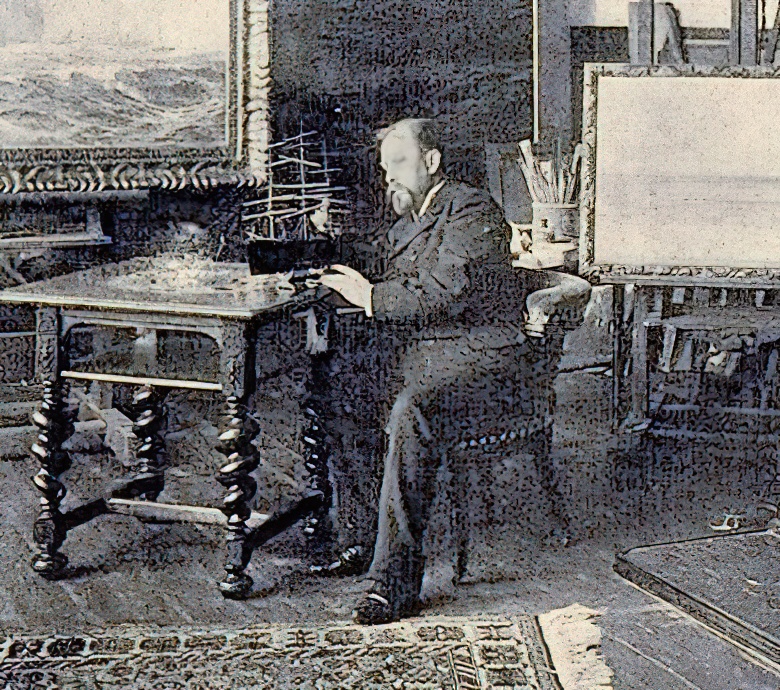
Hans Bohrdt was a German marine painter and graphic artist. Bohrdt's journey into marine painting began after a visit to the Hamburg port at the age of 15, sparking a lifelong passion for the sea and maritime subjects. Unlike many artists of his time who had formal art education, Hans Bohrdt was largely self-taught, although he did attend the Academy of Fine Arts in Berlin for a period. His dissatisfaction with the conventional training led him to pursue a more hands-on approach to his art, focusing on seascapes and marine life.
Hans Bohrdt's work gained significant recognition during the Wilhelmine era, making him a celebrated figure in German marine painting, a genre that became particularly prominent after the unification of Germany in 1871. His close relationship with Kaiser Wilhelm II, who was an admirer and patron of his work, helped elevate Bohrdt's status further. Bohrdt's art was known for its technical skill, particularly in depicting the majesty of the sea and the vessels that traversed it. His pieces often featured German naval prowess and were used for both private collections and public display, contributing to national pride and naval propaganda, especially during World War I.
The legacy of Hans Bohrdt is marked by his ability to capture the spirit and grandeur of maritime life, making him a significant figure in the history of German art. Despite the challenges posed by the world wars, which led to the loss of many of his works including his best-known painting, "Der letzte Mann" ("The Last Man"), Bohrdt's art continues to be celebrated for its contribution to marine painting. In 1995, on the fiftieth anniversary of his death, a memorial exhibition was held, showcasing his contributions to the field and reaffirming his place as one of the last great marine painters.
For collectors and experts in art and antiques, Hans Bohrdt's work offers a unique glimpse into the development of marine painting in Germany, reflecting both the beauty of the maritime world and the historical context of his times. To stay informed about sales, auction events, and updates related to Hans Bohrdt's work, signing up for newsletters from galleries and auction houses specializing in maritime art and antiques is recommended. This ensures enthusiasts and collectors are well-informed about opportunities to acquire pieces by this distinguished artist.

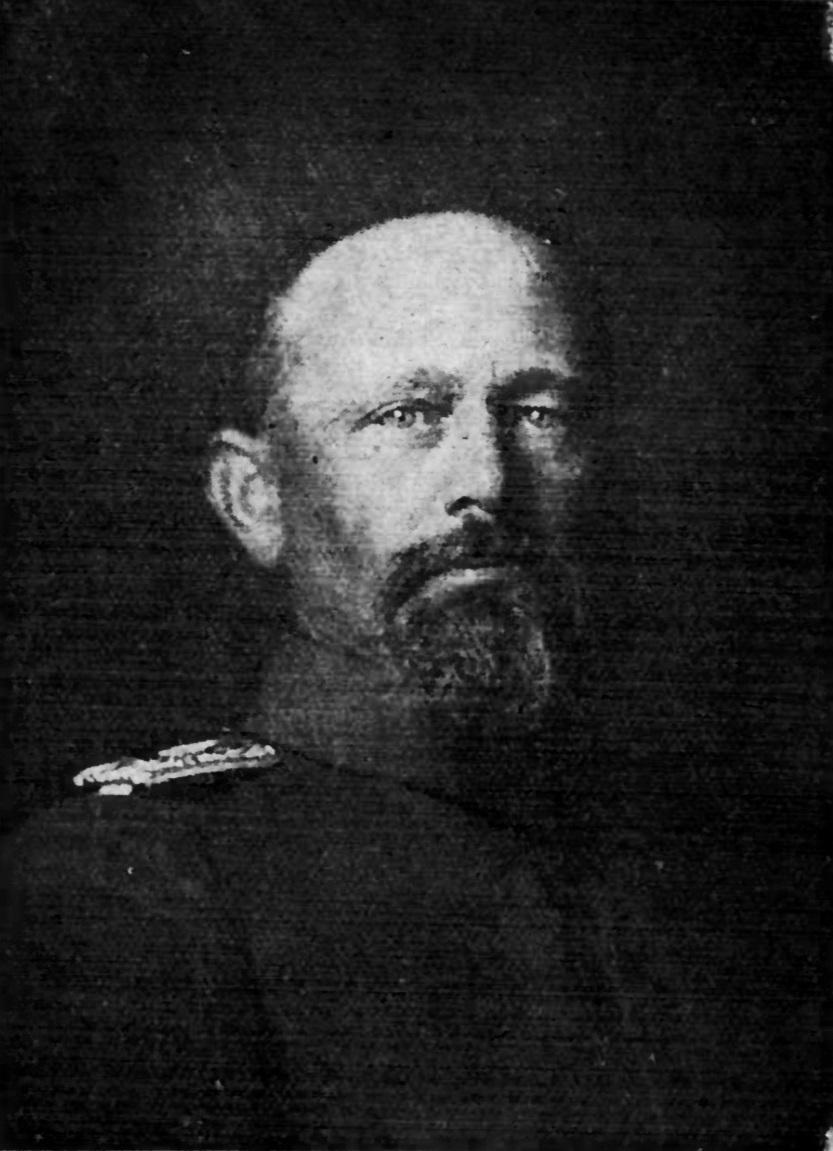
Hans am Ende was a German Impressionist painter.
In 1889 he co-founded the artists' colony in Worpswede with Fritz Overbeck, Otto Modersohn, and Heinrich Vogeler. In 1895 this group exhibited in the Kunsthalle Bremen and at the Glaspalast in Munich, which brought them national recognition. In 1900 the poet Rainer Maria Rilke travelled to Worpswede and befriended the artist's colony, eventually writing essays about each of its members.


Hans am Ende was a German Impressionist painter.
In 1889 he co-founded the artists' colony in Worpswede with Fritz Overbeck, Otto Modersohn, and Heinrich Vogeler. In 1895 this group exhibited in the Kunsthalle Bremen and at the Glaspalast in Munich, which brought them national recognition. In 1900 the poet Rainer Maria Rilke travelled to Worpswede and befriended the artist's colony, eventually writing essays about each of its members.


Hans Thoma was a German painter.
In spite of his studies under various masters, his art has little in common with modern ideas, and is formed partly by his early impressions of the simple idyllic life of his native district, partly by his sympathy with the early German masters, particularly with Albrecht Altdorfer and Lucas Cranach the Elder. In his love of the details of nature, in his precise drawing of outline, and in his predilection for local coloring, he has distinct affinities with the Pre-Raphaelites.


Hans Thoma was a German painter.
In spite of his studies under various masters, his art has little in common with modern ideas, and is formed partly by his early impressions of the simple idyllic life of his native district, partly by his sympathy with the early German masters, particularly with Albrecht Altdorfer and Lucas Cranach the Elder. In his love of the details of nature, in his precise drawing of outline, and in his predilection for local coloring, he has distinct affinities with the Pre-Raphaelites.

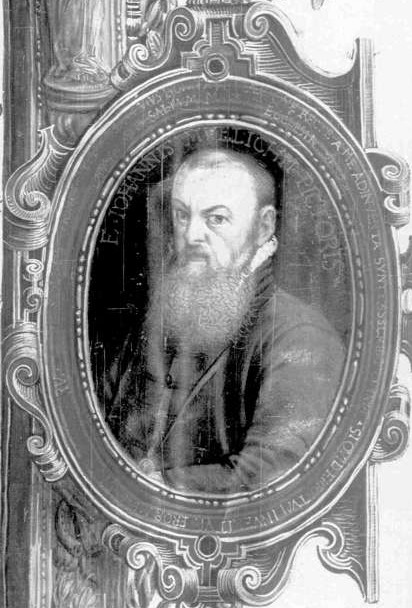
Hans Mielich was a German painter of the late Renaissance, mid-16th century. He is known as a painter, graphic artist, and court painter to Duke Albrecht V of Bavaria.
Mielich painted many religious paintings, portraits, and historical canvases (usually on boards), and he also decorated altars in churches. After a trip to Rome, his style became close to Italian Mannerism. His most famous work is the altarpiece of the Cathedral of Our Lady of Ingolstadt. He was also famous as the author of miniatures for manuscripts, including the Duchess Anna of Bavaria's Treasure Book, made for Duke Albrecht V and his wife Anna of Bavaria in 1555. In the same year, Milich became head of the Munich Artists' Guild.

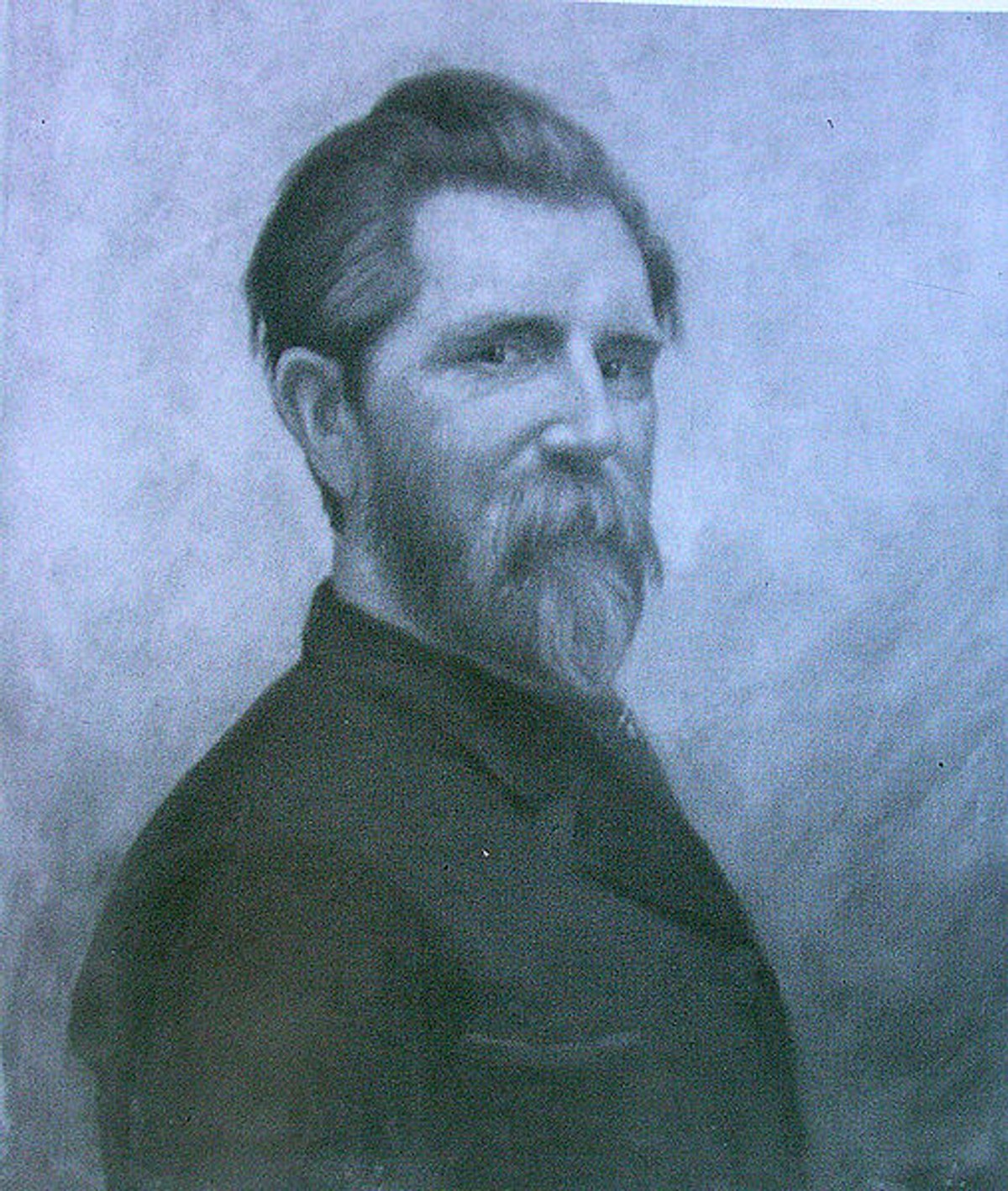
Hans Dahl was a celebrated Norwegian painter. He is best known for his vivid and romantic depictions of Norwegian fjords and the vibrant life around them, capturing the essence of rural western Norway during the late 19th and early 20th centuries. Hans Dahl's art is characterized by its romantic realism, often showcasing young women in traditional costumes against the backdrop of Norway's breathtaking landscapes.
Hans Dahl's technique and color palette were exceptional, employing rubies, aquamarines, sapphires, pearls, and jade to bring to life the red vests of bunads, the blue waters and skies, ivory clouds, and the myriad shades of green in the grassy meadows. His works such as "Arriving for a Celebration" are particularly notable for depicting a lively scene with numerous figures in a composition, a rare approach for Dahl who typically focused on individual or small groups of young women.
His son, Hans Andreas Dahl, also followed in his footsteps but tragically died at a young age. Hans Dahl was honored as a knight of the Royal Norwegian Order of St. Olav, 1st class, in 1902, recognizing his contributions to Norwegian art and culture.
Dahl's paintings, such as "Summerday by Balestrand," "A Young Woman in the Meadow," and "Milkmaid with goats," among others, offer a romantic, nostalgic window into Norwegian culture and landscape, resonating with both Norwegians and international audiences alike. His works have been celebrated for their detailed depictions of village life, the natural beauty of the Norwegian fjords, and the traditional Norwegian way of life, making him a favorite among collectors and enthusiasts of Norwegian art.
For collectors and experts in art and antiques interested in the unique blend of romanticism and realism that defines Hans Dahl's work, staying informed about new sales and auction events is essential. Signing up for updates can provide exclusive access to the latest offerings related to Dahl's paintings, ensuring enthusiasts are always in the know about opportunities to add to their collections.

